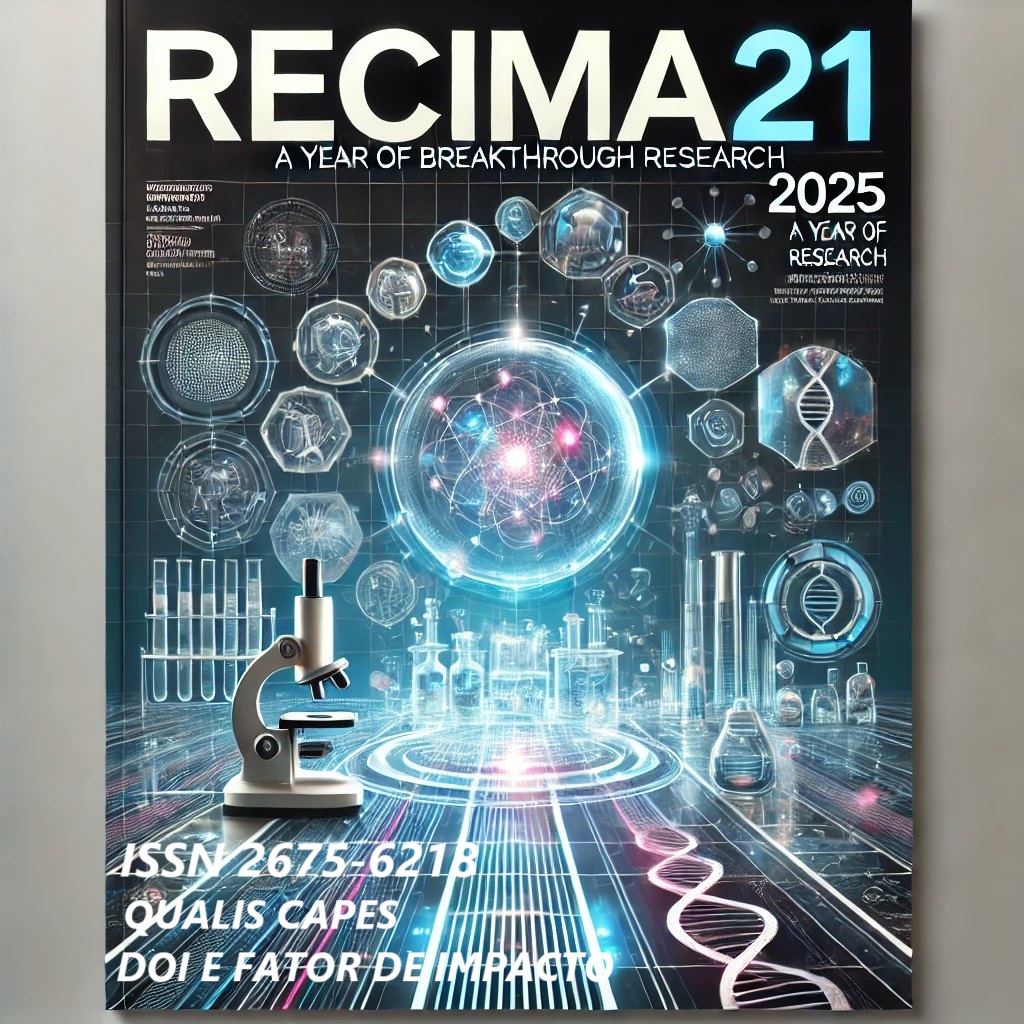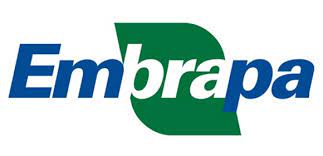PERMEABLE CONCRETE AS A SUSTAINABLE ALTERNATIVE FOR FLOOD CONTROL IN MEDIUM-SIZED BRAZILIAN CITIES
DOI:
https://doi.org/10.47820/recima21.v6i11.6934Keywords:
permeable concrete; urban drainage; sustainability; pavement.Abstract
This paper addresses the use of permeable concrete as a sustainable solution to soil waterproofing problems in urban areas. The rapid urbanization and increase in conventional paving have intensified floods, erosions and the decrease in recharge of groundwater. In this context, permeable concrete stands out for allowing the infiltration of rainwater into the soil, contributing to urban drainage, the recharge of aquifers and the reduction of surface flow. The research makes a comparison between conventional and permeable concrete, highlighting the differences in composition, mechanical resistance and environmental impact. Structural parameters such as modulus of elasticity, tensile strength and behavior under saturated and dry conditions are analyzed. In addition, the study presents the guidelines for the design and thickness of permeable floor plates, based on authors such as Balbo (2020) and ABNT standards (2014; 2017). The results show that the permeable concrete has significant advantages regarding sustainability, contributing to flood control, reduction of the heat island effect and improvement of urban drainage. However, its limitations include lower compressive strength and higher production costs, restricting its use to light traffic areas such as sidewalks, parking lots and bike lanes. It is concluded that permeable concrete is a promising technology for the development of more resilient and sustainable cities, provided it is properly applied and associated with complementary drainage systems.
Downloads
References
ABCP. Manual técnico: concreto permeável. São Paulo: ABCP, 2018.
ABNT – ASSOCIAÇÃO BRASILEIRA DE NORMAS TÉCNICAS. NBR 16416: Pavimentos permeáveis – Especificação e métodos de ensaio. Rio de Janeiro: ABNT, 2017.
ABNT – ASSOCIAÇÃO BRASILEIRA DE NORMAS TÉCNICAS. NBR 6118: Projeto de estruturas de concreto – Procedimento. Rio de Janeiro: ABNT, 2014.
ABNT – ASSOCIAÇÃO BRASILEIRA DE NORMAS TÉCNICAS. NBR 7211: Agregados para concreto – Especificação. Rio de Janeiro: ABNT, 2009.
ANAMMA – ASSOCIAÇÃO NACIONAL DAS ENTIDADES GESTORAS DE MEIO AMBIENTE. Guia de soluções de infraestrutura verde para o controle de inundações urbanas. Brasília: ANAMMA, 2014.
BALBO, J. T. Pavimentos de concreto permeáveis: uma visão ambiental da tecnologia emergente. São Paulo: Oficina de Textos, 2020.
BOTELHO, D. C. M. Concreto permeável: análise de desempenho voltada para pavimentação, a fim de combater inundações em centros urbanos. Brazilian Journal of Development, 2020. Disponível em: https://ojs.brazilianjournals.com.br/ojs/index.php/BRJD/article/view/8312/7172. Acesso em: 15 set. 2025. DOI: https://doi.org/10.34117/bjdv6n3-500
BRASIL, V. B. Pavimento de concreto permeável. [S. l.: s. n.], 2021. Disponível em: https://ric.cps.sp.gov.br/handle/123456789/8853. Acesso em: 30 mar. 2025.
EPA – U.S. ENVIRONMENTAL PROTECTION AGENCY. Soak Up the Rain: Permeable Pavement. [S. l.]: EPA – U.S, 2023. Disponível em: https://www.epa.gov/soakuptherain/soak-rain-permeable-pavement. Acesso em: 18 ago. 2025.
FERREIRA, J. R. Concreto: teoria e prática. 3. ed. São Paulo: Blucher, 2016.
FHWA – FEDERAL HIGHWAY ADMINISTRATION. Pervious Concrete Pavements. Washington, D.C.: FHWA, 2023. Disponível em: https://www.fhwa.dot.gov/pavement/pubs/hif23076.pdf. Acesso em: 18 ago. 2025.
HUNT, W. F.; BEAN, E. Z. Best Management Practices for Stormwater Management: Permeable Pavements. North Carolina: Cooperative Extension, 2006.
LIMA, C. R.; COSTA, D. M. Materiais de construção: princípios e aplicações. São Paulo: Atlas, 2018.
MARTINS VAZ, I. C.; ANTUNES, L. N.; GHISI, E.; THIVES, L. P. Permeable Pavements as a Means to Save Water in Buildings: State of the Art in Brazil. Sci, v. 3, n. 4, p. 36, 2021. DOI: 10.3390/sci3040036. DOI: https://doi.org/10.3390/sci3040036
MORAES, L. Construção civil cresce 4,3% e atinge PIB de R$ 359,523 bilhões. UOL, 8 mar. 2025. Disponível em: https://jc.uol.com.br/colunas/metro-quadrado/2025/03/08/construcao-civil-cresce-43-e-atinge-pib-de-rs-359523-bilhoes.html. Acesso em: 30 mar. 2025.
NRMCA – NATIONAL READY MIXED CONCRETE ASSOCIATION. Pervious Concrete Pavement Maintenance and Operations Guide. [S. l.]: NRMCA, 2015.
PAGOTTO, K. L. Análise das propriedades do concreto permeável para a pavimentação de estacionamentos. 2017. Tese (Doutorado em Engenharia Civil) – Universidade Federal de Santa Catarina, Florianópolis, 2017.
PERVIOUS PAVEMENT. Hydrological Design. [S. l.]: Pervious Pavement, 2023. Disponível em: https://www.perviouspavement.org/design/hydrologicaldesign.html. Acesso em: 18 ago. 2025.
RODRIGUES, E. J. Concreto permeável como sistema de drenagem para áreas urbanas. 2015. Monografia (Especialização em Construção Civil) – Universidade Federal do Paraná, Curitiba, 2015.
SANCHES, A. E. et al. Uma análise da viabilidade técnica da aplicação do concreto permeável na pavimentação de calçadas públicas: um estudo de caso. Brazilian Journal of Development, v. 7, n. 12, p. 114140–114140, 2021. Disponível em: https://scholar.googleusercontent.com/scholar?q=cache:BEom_x3SClcJ:scholar.google.com/+cal%C3%A7ada+perme%C3%A1vel. Acesso em: 30 mar. 2025. DOI: https://doi.org/10.34117/bjdv7n12-273
SANTOS, J. P.; PEREIRA, M. L. Avaliação ambiental de pavimentos urbanos impermeáveis e permeáveis. Revista Engenharia Ambiental, v. 18, n. 2, p. 45–56, 2021.
SILVA, A. M. Tecnologia do concreto. 2. ed. São Paulo: PINI, 2019.
Downloads
Published
License
Copyright (c) 2025 RECIMA21 - Revista Científica Multidisciplinar - ISSN 2675-6218

This work is licensed under a Creative Commons Attribution 4.0 International License.
Os direitos autorais dos artigos/resenhas/TCCs publicados pertecem à revista RECIMA21, e seguem o padrão Creative Commons (CC BY 4.0), permitindo a cópia ou reprodução, desde que cite a fonte e respeite os direitos dos autores e contenham menção aos mesmos nos créditos. Toda e qualquer obra publicada na revista, seu conteúdo é de responsabilidade dos autores, cabendo a RECIMA21 apenas ser o veículo de divulgação, seguindo os padrões nacionais e internacionais de publicação.













